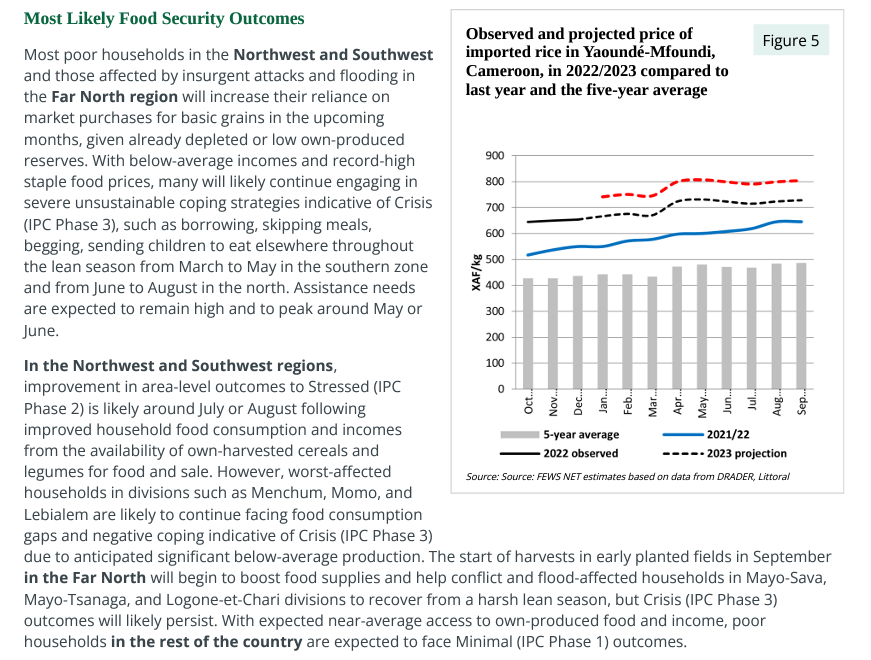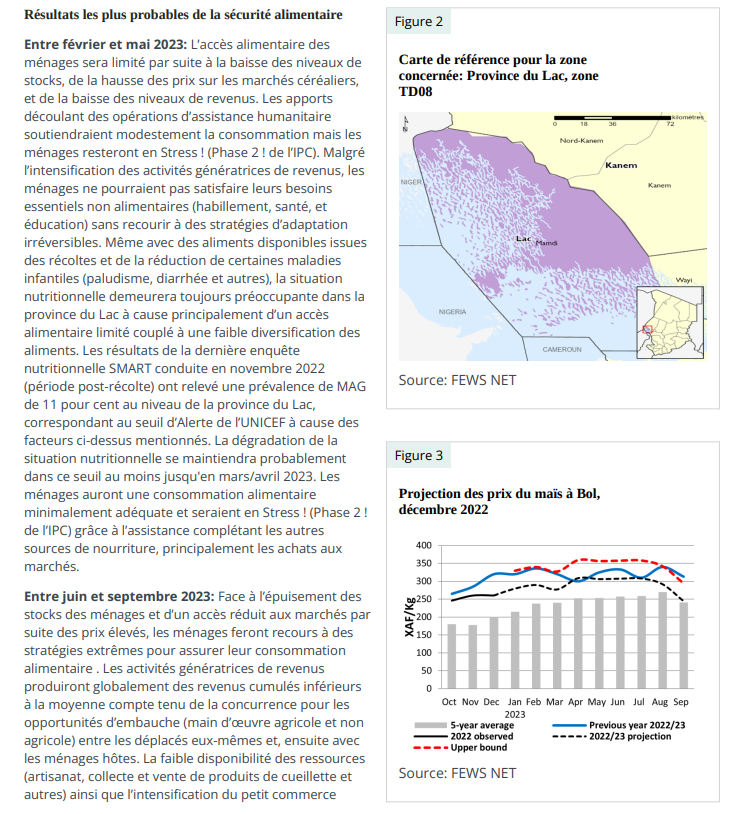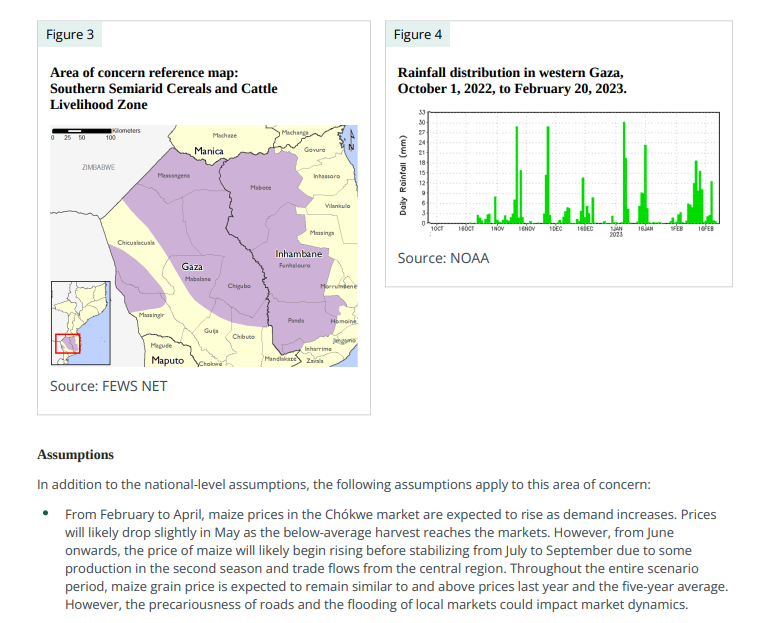Images uploaded to the CMS must be high-resolution and should be saved with the recommended naming convention. Step-by-step guidance on saving images is available on the Getting Started with Reports in the CMS page.
Break up text into multiple Section Content blocks to place images close to their reference. Most images should be placed either right before or right after the paragraph where the figure is referenced. Additional guidance on arranging text and images can be found in the Layout Options section below and on the PDF Formatting page.
Adding an image
-
From the Content tab in the CMS Create Report editor, select the Add Report Image content block.
-
Title Text: Paste the figure title into the text field.
-
Caption: This optional field can be used to provide additional detail or description not captured by the title. This is a useful field to use when a title is particularly long and some information can be pulled out from a title into a caption.
-
Source Title: Paste the source title for the image into the text field. If no source should be listed for the image, leave the field blank.
-
URL: Paste a source link if applicable. Keep the auto-populated text “<nolink>” if you are including a Source Title that does not need a URL link.
-
Image: Select Add media.
-
You can add one or more images to the Media Library by dragging and dropping files to the gray Image upload box or choose Select files > select the file(s) from your folder library > Open. Complete the following on the upload screen:
-
Alternative text: Provide alternative text summarizing the image using the Writing Alt Text guidance.
-
Language: The language should match the language of the report. Select from the drop-down menu.
-
Click Save. The images will appear in the Media Library as selected (with a blue outline and checkmark). Deselect any additional images you have uploaded at this time to leave a single file selected.
-
-
You can alternatively select a previously uploaded image from the Media Library. Older uploads can be searched for using the Name field. Review naming guidance.
-
Click Insert selected.
-
You also have the option to upload your image files to the Media Library before building your report:
-
From the admin toolbar at the top of the website, go to Content > Add media > Media library.
-
Select + Add media to upload a single file or + Upload media in bulk to add multiple files.
-
Select Image.
-
Drag and drop your file(s) onto the gray Image upload box or click Select files to choose the file(s) from your computer.
-
Complete the following on the upload screen:
-
Alternative text: Provide alternative text summarizing the image using the Writing Alt Text guidance.
-
Language: The language should match the language of the report. Select from the drop-down menu.
-
Click Save.
-
-
Your images should now appear in the Media Library. When filling out a Report Image block in your report you will click the Add media button, select a file you uploaded to the Media Library, then click Insert selected.
Image formatting settings
Don’t forget to check the formatting settings for each image.
-
Show Figure Label: Click button to toggle on (button should appear green) for any image that should have a figure label.
This should remain off for AFI and HFA maps and Seasonal Calendars (button should remain gray).
-
Show full-width in PDF: Turn toggle on for figures that you would like to display full-width in the web-generated PDF.
Seasonal Calendars should always be set to show full-width (button should appear green).
-
Float Position: The float position determines where the image will be located in the report PDF. By default, images float right; that is, they are placed in the right hand side of the PDF. To position images side-by-side in the PDF, set the first image to Float: Left and the second image to Float: Right.
Layout options
It is helpful to preview the PDF after adding a few images and/or visualizations so you can adjust the layout as needed.
To preview your PDF at any time before publishing, click Save and Preview, then use the Download the Report button on the report webpage. The information below can be used to adjust the settings for text, images and visualizations as needed.
Some important notes for this section:
-
Images and visualizations are referred to collectively as “figures” in this section.
-
Section Content and Section Titles are referred to collectively as “text” in this section.
The text that comes after a figure on the report webpage will be the text that wraps around the figure in the PDF.
A single figure with text wrapped
Within the CMS, place items in the order below, and use the default settings:
-
Figure
-
A Section Title or Section Content block that includes the text that will wrap around the figure.

Two figures stacked vertically with a large block of wrapped text
Within the CMS, place items in the order below, and use the default settings:
-
Figure 1
-
Figure 2
-
A Section Title or Section Content block that includes the text that will wrap around the figures.
If the first figure fits on a page, but the second figure doesn’t, this may create a gap of white space.
If this happens, review the Common Issues and Solutions.

Two figures side by side
Place items in the order below, using the indicated settings:
-
Figure 1: Float left
-
Figure 2: Float right
If, as in the example here, your figures are not the same size and you want the text not to wrap, you will need to turn on the Show full width PDF toggle for the text block.

Previous: Add Section Content
Next: Writing Alt Text
